Harishyam Arts Blog
Different Types of Buddha Statues and Their Meanings
By Lakshay Sharma | On 09 October, 2025 | Views
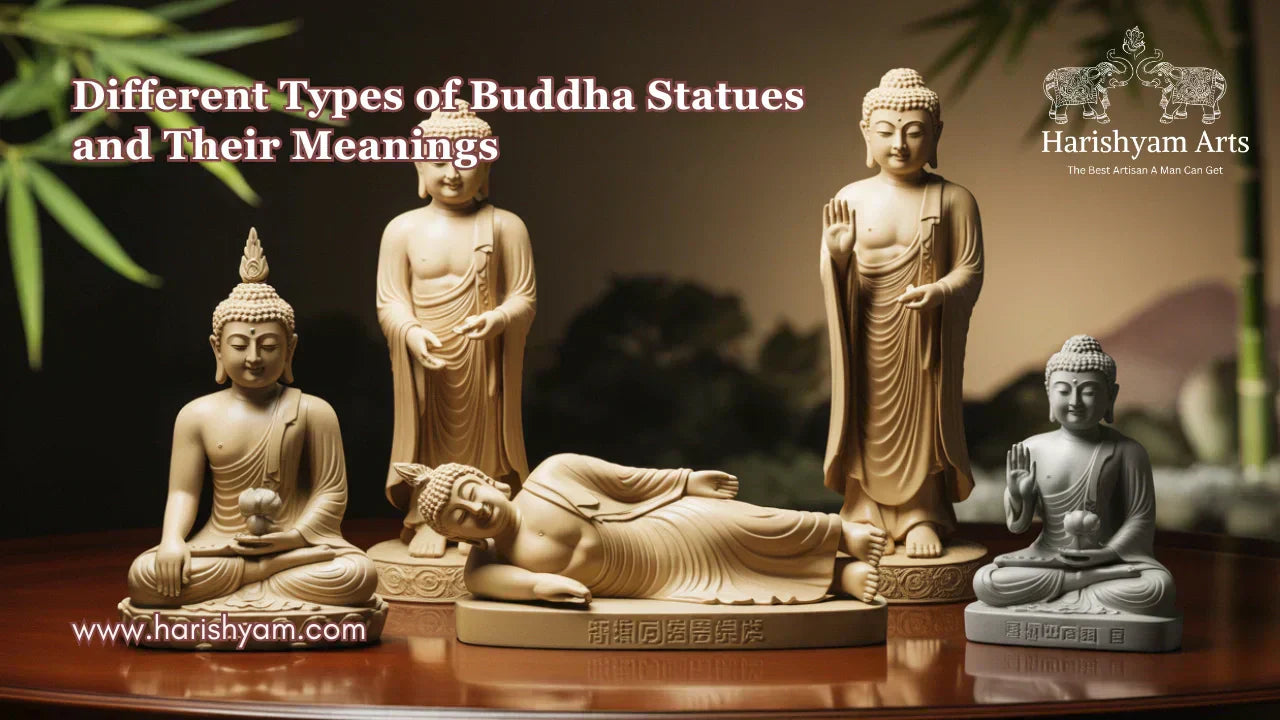
Buddha statues are more than just beautiful decorative pieces—they symbolize spiritual teachings, inner peace, and virtues of Gautama Buddha. Each posture, expression, and hand gesture (mudra) carries deep meaning, reflecting different aspects of enlightenment, compassion, and meditation. Understanding these meanings can help you choose a statue that resonates with your spiritual or aesthetic intentions.
Origins of Buddha Statues
The tradition of Buddha statues dates back to around the 1st–2nd century CE in regions such as India, Gandhara (modern-day Pakistan & Afghanistan), and Mathura. Initially, Buddhist art avoided depicting Buddha in human form, using symbols like footprints, the lotus, or an empty throne to represent him.
The first human-shaped Buddha statues appeared under the Gandhara and Mathura schools of art, which blended Greek, Roman, and Indian artistic influences. From India, Buddha statues spread across Asia—to China, Japan, Thailand, Tibet, and Southeast Asia, with each region adding its own artistic style and symbolism, creating the diverse representations we see today.
Different Types of Buddha Statues and Their Meanings
1. Meditating Buddha (Dhyana Mudra)
-
Description: Seated cross-legged with hands resting in the lap, eyes often closed.
-
Meaning: Represents meditation, inner peace, and concentration, inspiring mindfulness and spiritual awakening.

2. Laughing Buddha (Hotei or Budai)
-
Description: Plump, joyful figure with a big belly, often holding a sack or prayer beads.
-
Meaning: Symbolizes happiness, abundance, and good fortune. Rubbing the belly is believed to bring wealth and joy.

3. Reclining Buddha (Parinirvana)
-
Description: Buddha lying on his right side with his head supported by his hand.
-
Meaning: Depicts Buddha’s final moments before entering Nirvana, symbolizing peace, detachment, and liberation from suffering.

4. Standing Buddha
-
Description: Buddha standing upright, sometimes with one hand raised in a gesture of blessing.
-
Meaning: Represents teaching, protection, and guidance, offering spiritual reassurance to devotees.

5. Walking Buddha
-
Description: Buddha in mid-step, often with a hand raised in blessing.
-
Meaning: Symbolizes grace, progress on the spiritual path, and harmony, often found in Thai Buddhist art.

6. Earth Touching Buddha (Bhumisparsha Mudra)
-
Description: Seated Buddha with right hand touching the ground.
-
Meaning: Represents the moment of enlightenment under the Bodhi tree, symbolizing determination and spiritual steadfastness.

7. Teaching Buddha (Dharmachakra Mudra)
-
Description: Hands held in front of the chest, forming a circle.
-
Meaning: Symbolizes Buddha’s first sermon and the turning of the “Wheel of Dharma”, representing wisdom and sharing knowledge.

8. Protection Buddha (Abhaya Mudra)
-
Description: Right hand raised, palm outward.
-
Meaning: Stands for protection, fearlessness, and peace, assuring devotees of divine safety.

9. Medicine Buddha (Bhaisajyaguru)
-
Description: Often holds a bowl of medicinal herbs or displays a blessing gesture.
-
Meaning: Represents healing of physical and mental suffering, promoting wellness and recovery.

10. Green Tara / Avalokiteshvara Buddha
-
Description: Seated posture with compassionate gaze, sometimes depicted with multiple arms.
-
Meaning: Embodies compassion, mercy, and loving-kindness, guiding devotees towards spiritual and emotional healing.

How to Choose a Buddha Statue
1. Purpose Matters:
Begin by identifying your intention. Different Buddha statues serve unique purposes—some inspire meditation and mindfulness, others symbolize protection, prosperity, or healing. Choose a statue that aligns with the energy or quality you wish to invite into your life.
2. Material Significance:
The material of your Buddha statue also carries meaning and aesthetic value.
-
Marble Buddha Statues represent purity, calmness, and serenity—ideal for meditation spaces.
-
Brass Buddha Idols radiate strength, longevity, and protection, making them perfect for homes or entrances.
-
Wooden Buddha Moortis embody warmth and natural harmony, suitable for creating a peaceful and grounding atmosphere.
3. Placement is Important:
Place your Buddha statue respectfully on a clean, elevated surface such as an altar or dedicated shelf. Avoid placing it directly on the floor or in bedrooms, as per certain traditions. Ensure the space around the statue is clean and serene.
4. Mindful Intention:
A Buddha statue is more than a decorative piece—it is a symbol of mindfulness, peace, and spiritual growth. Approach it with reverence and allow its presence to inspire positive energy and tranquility in your surroundings.
FAQs on Buddha Statues and Their Meanings
Q1. Why do Buddha statues have different hand gestures (mudras)?
Ans: Each hand gesture, or mudra, represents a specific teaching or moment from Buddha’s life. For example, the Dharmachakra Mudra symbolizes the turning of the wheel of Dharma, while the Bhumisparsha Mudra represents enlightenment.
Q2. Which type of Buddha statue is best for home?
Ans: A Meditation Buddha or Laughing Buddha is often recommended for homes to bring peace, positive energy, and mindfulness into daily life. Placement also matters—facing east is considered auspicious.
Q3. What is the meaning of the Standing Buddha statue?
Ans: A Standing Buddha often signifies blessing, fearlessness, or offering protection. In some traditions, it also symbolizes Buddha rising to teach after attaining enlightenment.
Q4. How do I identify an authentic Buddha statue?
Ans: Look for details such as serene facial expressions, symbolic mudras, lotus bases, and traditional features like elongated earlobes, ushnisha (top knot), and urna (dot on forehead). These signify Buddha’s spiritual qualities.
Q5. Do Buddha statues have cultural differences in meaning?
Ans: Yes. For example, Thai Buddha statues emphasize grace and elegance, while Tibetan ones highlight compassion and wisdom with added symbolic ornaments. Meanings remain rooted in Buddhism but reflect regional traditions.
Q6. Can gifting a Buddha statue be considered auspicious?
Ans: Absolutely. At Harishyam Arts, we offer a wide range of beautifully crafted Buddha statues in materials like marble, brass, and wood, making them perfect for gifting. Presenting a Buddha statue is considered highly auspicious, as it symbolizes peace, harmony, and spiritual blessings. It’s a thoughtful gesture that conveys goodwill, positivity, and the wish for enlightenment in the recipient’s life.
Conclusion
Buddha statues are a beautiful fusion of art, history, and spirituality. Each type, posture, and gesture carries a unique meaning, inspiring inner peace, mindfulness, and compassion. Whether you choose a meditating Buddha for focus, a laughing Buddha for joy, or a medicine Buddha for healing, these statues serve as daily reminders of Buddha’s teachings.
Buddha statues are more than just beautiful decorative pieces—they symbolize spiritual teachings, inner peace, and virtues of Gautama Buddha. Each posture, expression, and hand gesture (mudra) carries deep meaning, reflecting different aspects of enlightenment, compassion, and meditation. Understanding these meanings can help you choose a statue that resonates with...

Lakshay Sharma
I’m Lakshay Sharma, a writer with a deep passion for Hindu mythology, Vastu Shastra, and home interiors. I enjoy exploring the rich traditions of Hindu gods and goddesses, sharing insights into Vastu principles, and offering guidance on creating sacred spaces like Puja Mandirs. Through my writing, I aim to inspire harmony and spiritual well-being, blending traditional knowledge with modern perspectives.
Harishyam Arts | Jaipur
Related Blogs

Who is Parashvanath? The Life and Legacy of Jainism’s 23rd Tirthankara
Lakshay Sharma | November 22, 2025
Faith and spirituality are cornerstones of Indian tradition, and Jainism stand...
Read More...
How to Choose Between Carved and Minimalistic Wooden Mandirs
Lakshay Sharma | November 21, 2025
A home mandir (temple) is far more than just a piece of furniture; it is the s...
Read More...
How to clean silver god idols at home
Lakshay Sharma | November 21, 2025
At Harishyam Arts, we understand the spiritual and aesthetic significance of s...
Read More...
Are Marble Dust Statues Ideal for Your Home Temple? Pros & Cons
Lakshay Sharma | November 19, 2025
When it comes to selecting statues for your home temple, marble dust statues h...
Read More...
Where to Buy Authentic Marble Gods' Moortis in the USA: A Guide for Devotees and Collectors
Lakshay Sharma | November 19, 2025
For devotees and collectors in the USA seeking authentic marble Hindu god moor...
Read More...
Maa Parvati 108 Names in Sanskrit and English: Their Significance, Meaning, and Mantra Power
Lakshay Sharma | November 17, 2025
The Divine Essence of Maa Parvati
Maa Parvati,...
Read More...
8 Guidelines for Setting Up Your Home Mandir with Wooden Murtis: Location, Selection, and Maintenance.
Lakshay Sharma | November 16, 2025
Introduction: The Divine Mother of Strength and Compassion

Who Was Jain Mahavir? The Life, Teachings, and Legacy of the 24th Tirthankara
Lakshay Sharma | November 15, 2025
Lord Mahavir, the 24th Tirthankara of Jainism, was a spiritual reformer who re...
Read More...
Benefits of Choosing Corian Mandirs Over Marble and Wood
Lakshay Sharma | November 14, 2025
Modern homes today demand elegance, functionality, and easy upkeep — and Coria...
Read More...
White vs. Black Shivling: Which One Is Best for Your Home and Why?
Lakshay Sharma | November 13, 2025
The Shivling, a sacred symbol of Lord Shiva, embodies creation, power, and pur...
Read More...
10 Stunning Marble Handicraft Pieces to Elevate Your Home Décor
Lakshay Sharma | November 12, 2025
Marble handicrafts represent timeless artistry, luxury, and devotion. At Haris...
Read More...
Brass Ganesha Idols as Gifts: Symbolism, Occasions, and Gifting Etiquette
Lakshay Sharma | November 11, 2025
Gifting a brass Ganesha idol is more than a gesture—it's a blessing of prosper...
Read More...
Luxury Kids Room Decor Ideas That Turn Every Space Into a Fairytale Dream
Lakshay Sharma | November 10, 2025
Transforming a child’s room into a luxury fairytale dream combines comfort wit...
Read More...
Why Repainting Your Marble Statue Can Extend Its Life and Beauty
Lakshay Sharma | November 09, 2025
Marble statues are elegant pieces of art that add charm to any home or temple....
Read More...
How to Choose the Perfect Wall-Mounted Wooden Mandir for Your Home
Lakshay Sharma | November 08, 2025
A wall-mounted wooden mandir is more than just a spiritual corner; it’s a blen...
Read More...
Understanding GST on Marble God Statues: A Complete Guide for Buyers and Sellers
Lakshay Sharma | November 07, 2025
Marble god statues are a popular choice for temples, homes, and offices due to...
Read More...
Are Wooden Statues Pest-Resistant? How to Protect Your Wooden Idols from Insects and Damage
Lakshay Sharma | November 06, 2025
Wooden statues have been cherished for centuries due to their natural beauty a...
Read More...
Corian vs Wooden Temples: Which One Should You Choose?
Lakshay Sharma | November 05, 2025
Choosing the perfect temple for your home is more than just selecting a design...
Read More...
How Customised Marble Human Bust Manufacturers Bring Personalities to Life
Lakshay Sharma | November 04, 2025
Crafting a marble human bust is so much more than sculpting a likeness—it's ab...
Read More...
The Power of the Hare Krishna Maha Mantra: Awakening Spiritual Bliss
Lakshay Sharma | November 03, 2025
The Hare Krishna Maha Mantra is a sacred chant that ...
Read More...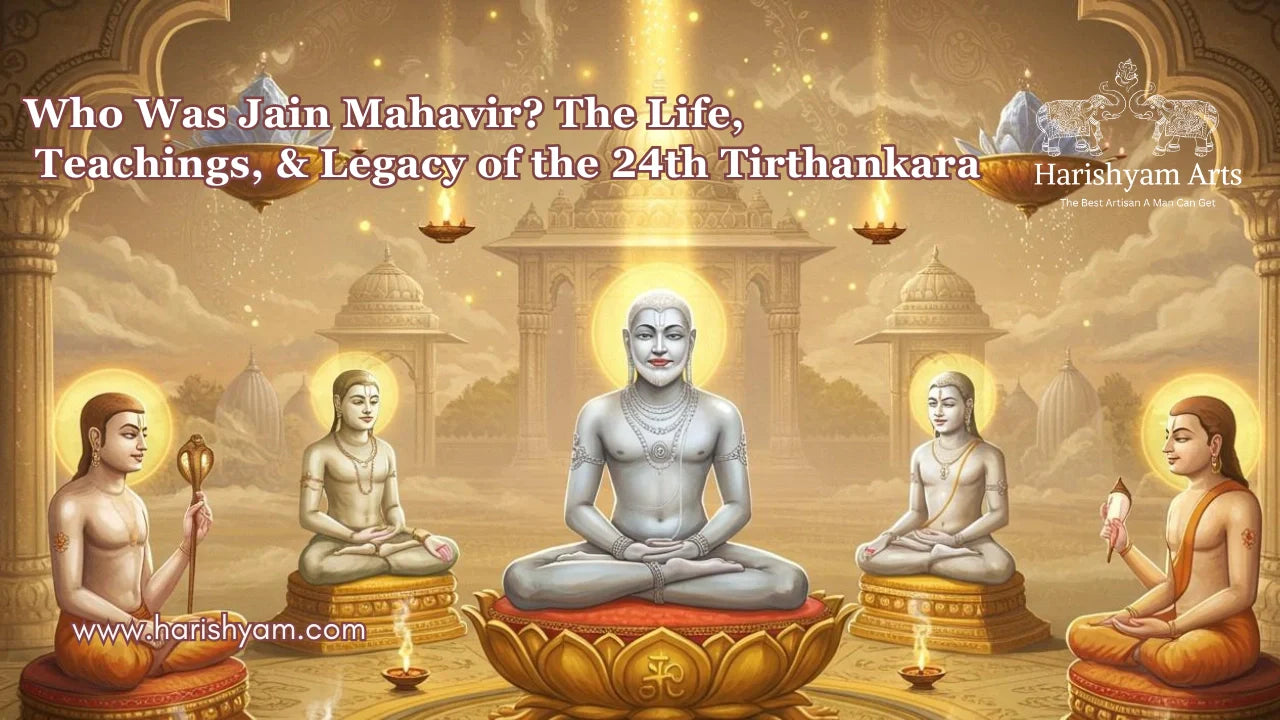
The 24 Tirthankaras of Jainism: Names, Symbols, and Significance
Lakshay Sharma | November 02, 2025
In Jainism, the Tirthankaras are revered as divine s...
Read More...
Top 25 Space-Saving Wooden Mandir Ideas for Modern Homes
Lakshay Sharma | November 01, 2025
A pooja mandir is the heart of every Indian home — a sacred corner where peace...
Read More...
What Are the 8 Forms of Lakshmi? | Ashta Lakshmi Meaning and Significance
Lakshay Sharma | October 31, 2025
The Divine Essence of Goddess Lakshmi
Goddess La...
Read More...
The Art of Craftsmanship: How Handmade Brass Statues Are Created
Lakshay Sharma | October 30, 2025
At Harishyam Arts, we celebrate the timeless beauty ...
Read More...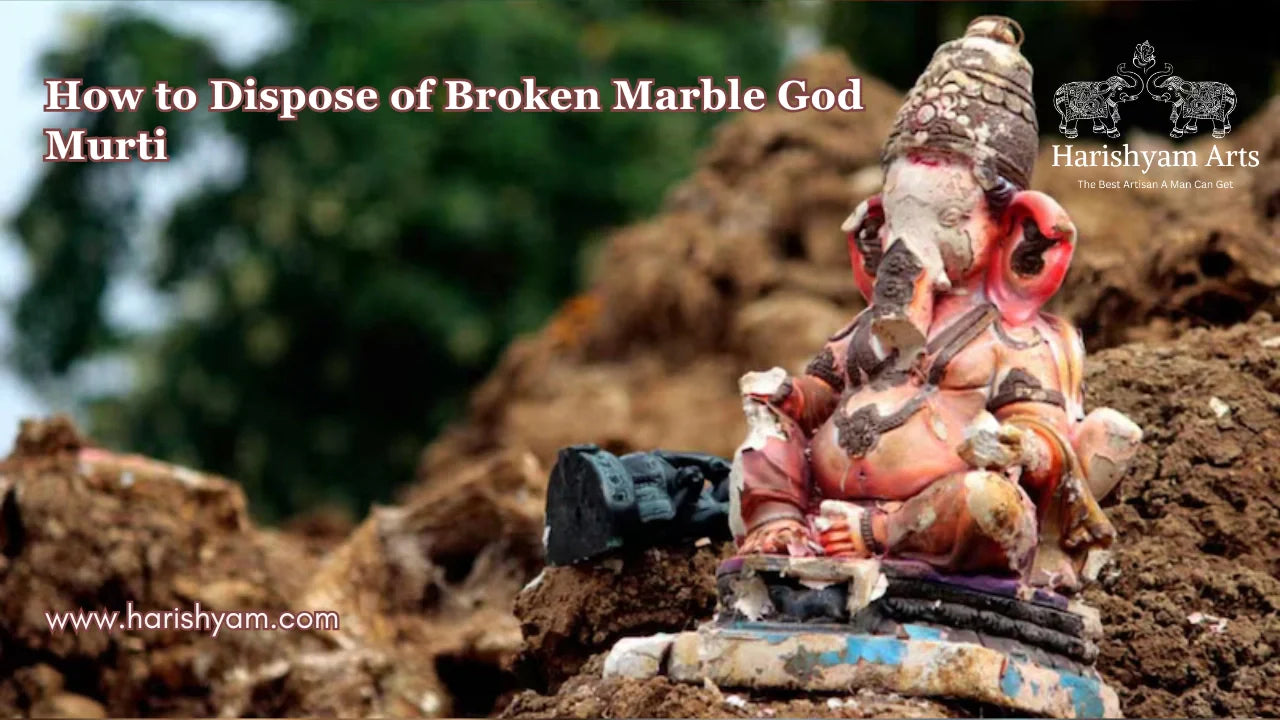
How to Dispose of Broken Marble God Murti
Lakshay Sharma | October 30, 2025
In Hindu tradition, marble murtis represent divine presence and spiritual ener...
Read More...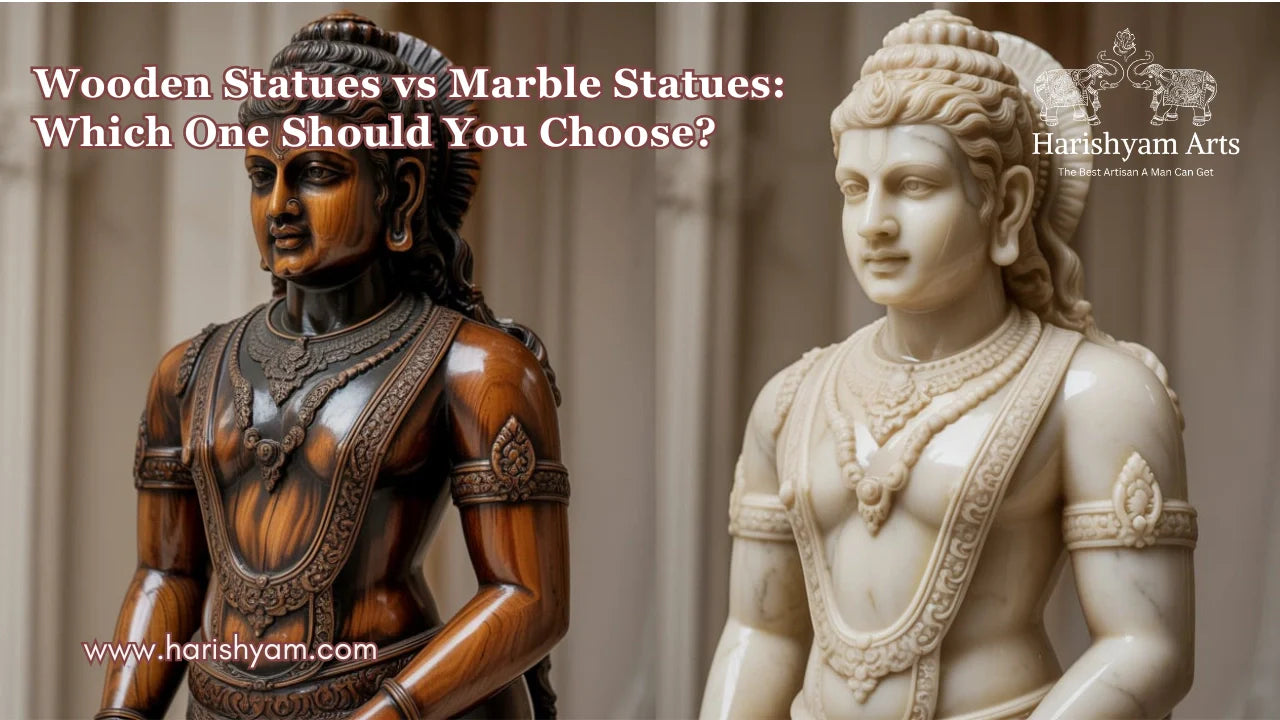
Wooden Statues vs Marble Statues: Which One Should You Choose?
Lakshay Sharma | October 29, 2025
When it comes to decorating your home or creating a sacred space, choosing the...
Read More...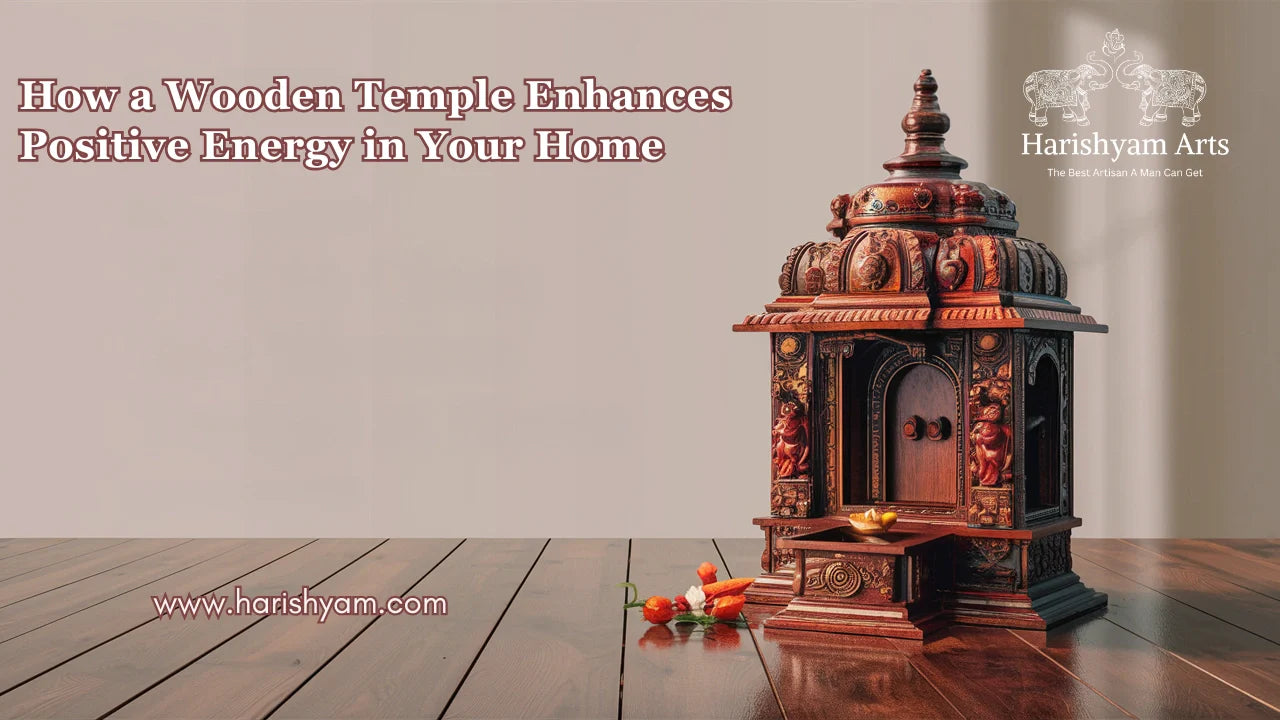
How a Wooden Temple Enhances Positive Energy in Your Home
Lakshay Sharma | October 28, 2025
A home temple isn’t just a decorative corner — it’s the spiritual...
Read More...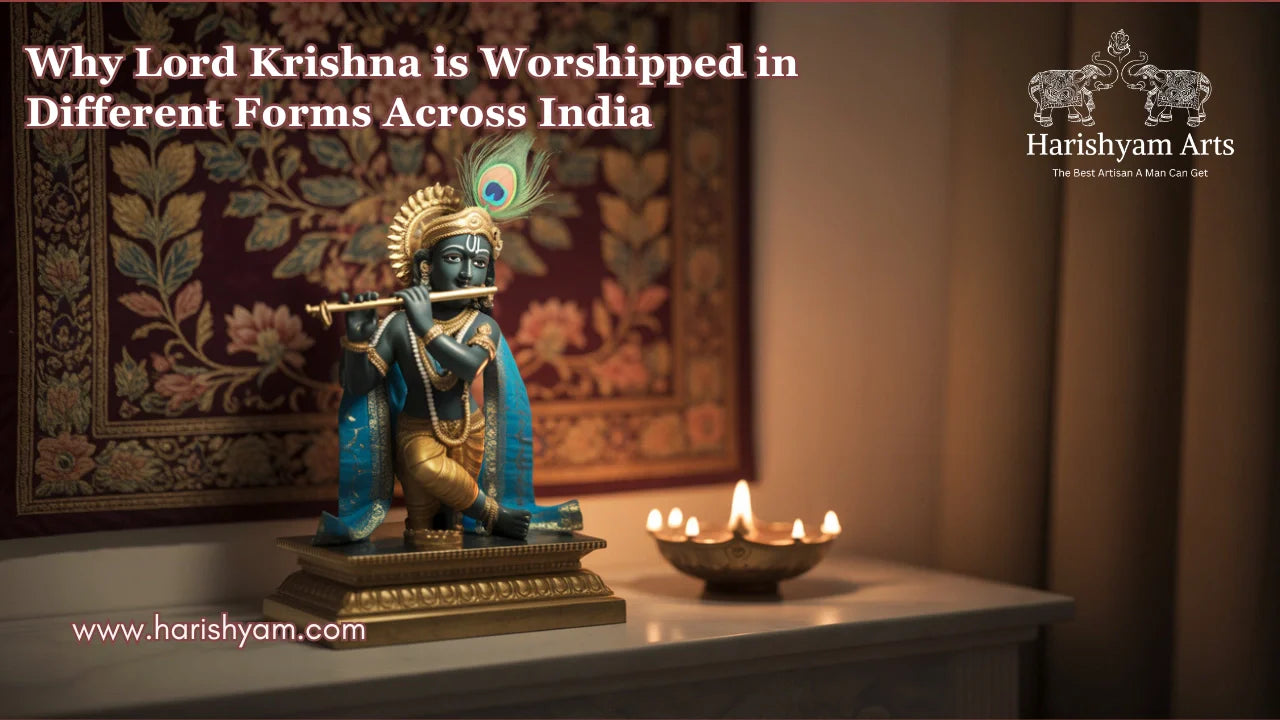
Why Lord Krishna is Worshipped in Different Forms Across India
Lakshay Sharma | October 27, 2025
Lord Krishna — the eighth incarnation of Lord Vishnu — is one of the most belo...
Read More...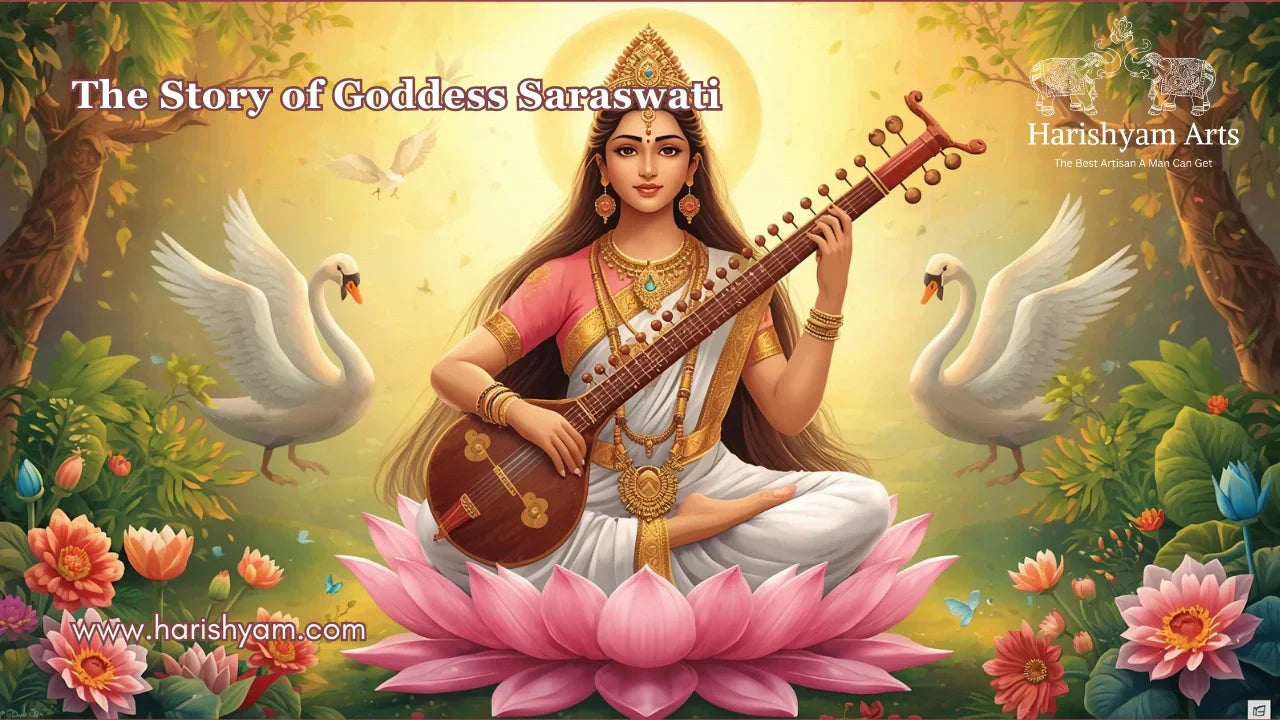
The Story of Goddess Saraswati: The Embodiment of Wisdom and Knowledge
Lakshay Sharma | October 26, 2025
Among the many deities of the Hindu pantheon, Maa Saraswati Read More...
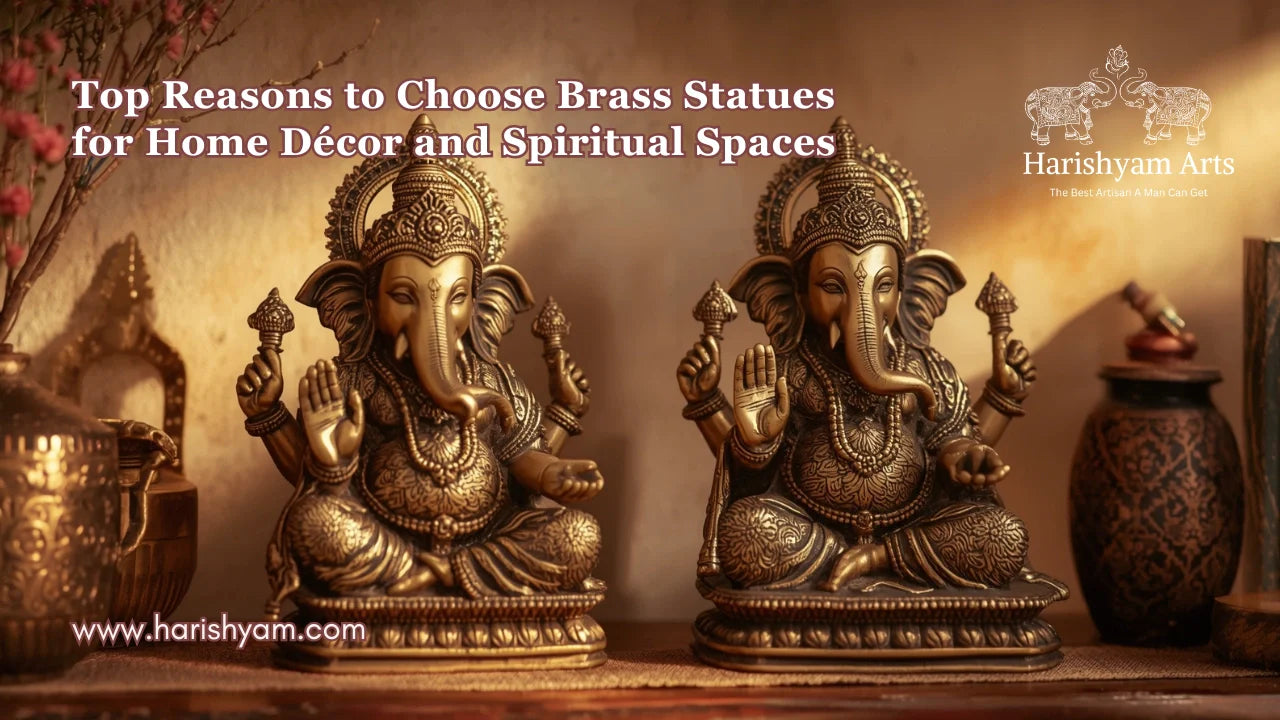
Top Reasons to Choose Brass Statues for Home Décor and Spiritual Spaces
Lakshay Sharma | October 25, 2025
Home décor today is not only about beauty—it’s about creating a peaceful and m...
Read More...
How long do Corian temples last?
Lakshay Sharma | October 24, 2025
Choosing the right material for a temple at home is important for both aesthet...
Read More...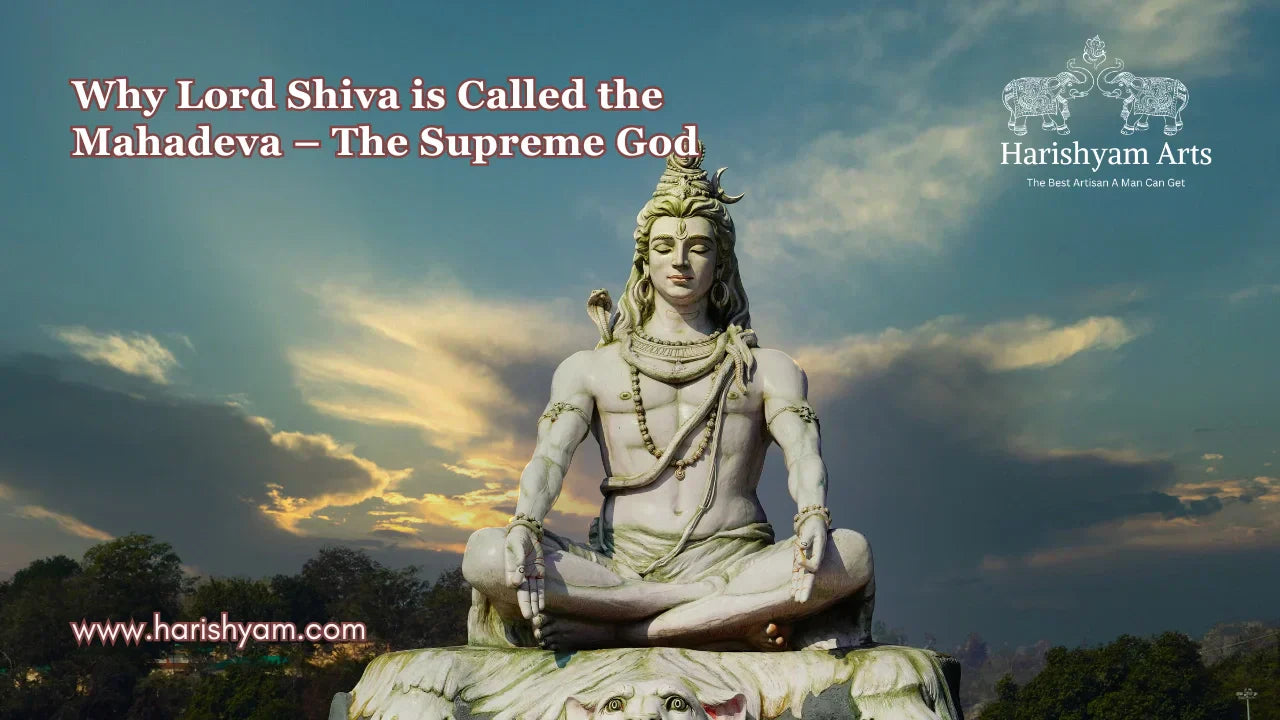
Why Lord Shiva is Called the Mahadeva – The Supreme God
Lakshay Sharma | October 23, 2025
Hinduism, one of the world’s oldest religions, has a rich pantheon of deities,...
Read More...
Why Corian Temples Are Becoming Popular in Contemporary Homes
Lakshay Sharma | October 22, 2025
In today’s modern homes, interior décor blends tradition with contemporary sty...
Read More...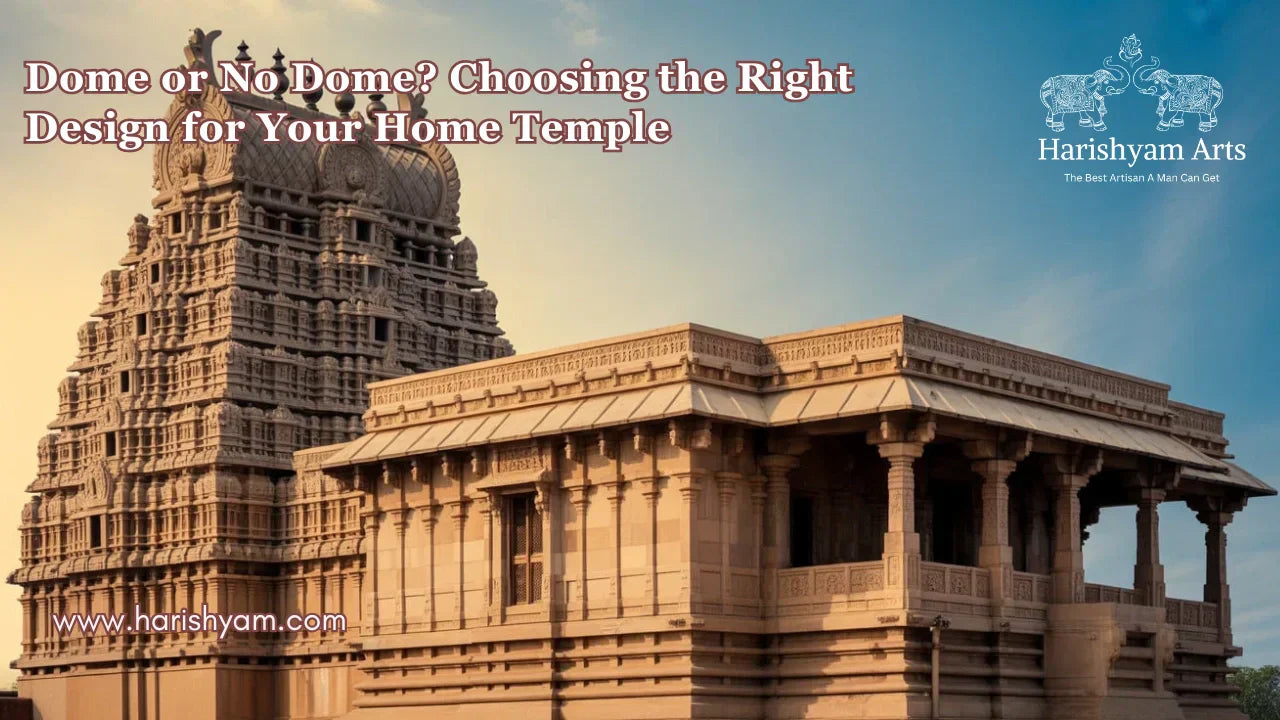
Dome or No Dome? Choosing the Right Design for Your Home Temple
Lakshay Sharma | October 21, 2025
Creating a sacred space at home is a spiritual investment, and the design of y...
Read More...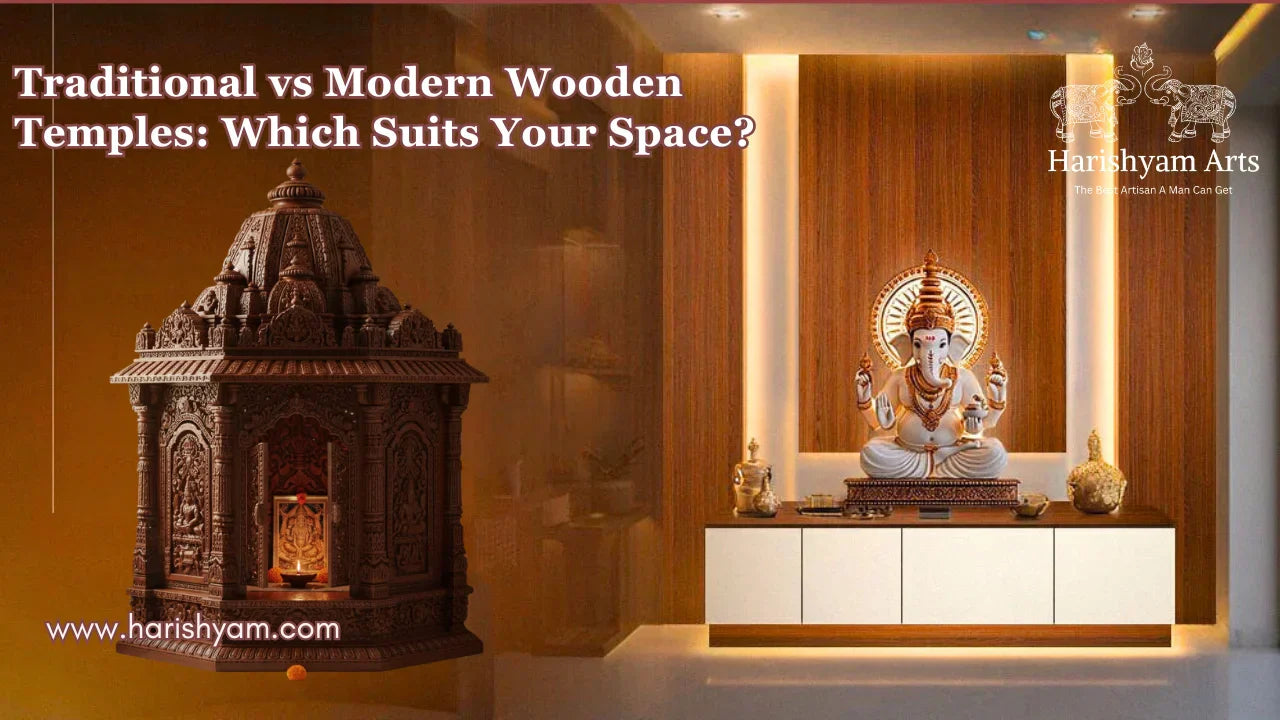
Traditional vs Modern Wooden Temples: Which Suits Your Space?
Lakshay Sharma | October 20, 2025
Creating a sacred space in your home is more than just interior décor — it’s a...
Read More...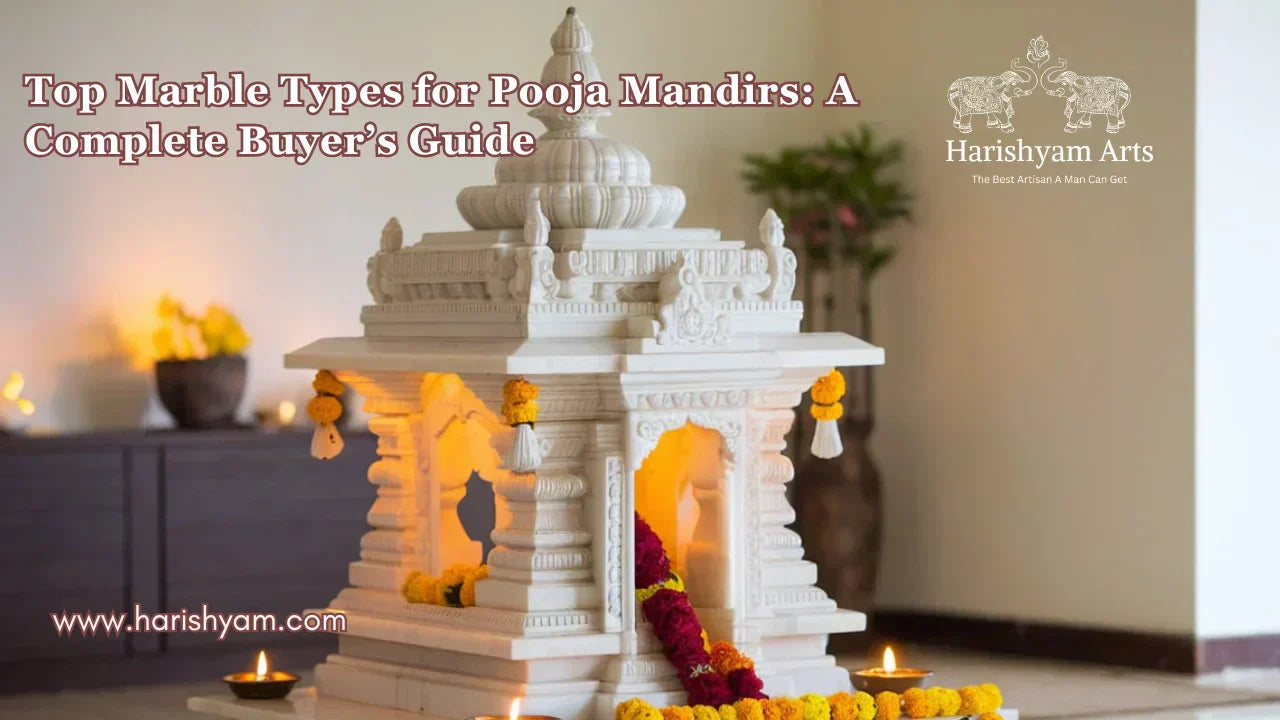
Top Marble Types for Pooja Mandirs: A Complete Buyer’s Guide
Lakshay Sharma | October 19, 2025
A Pooja Mandir is more than just furniture; it is th...
Read More...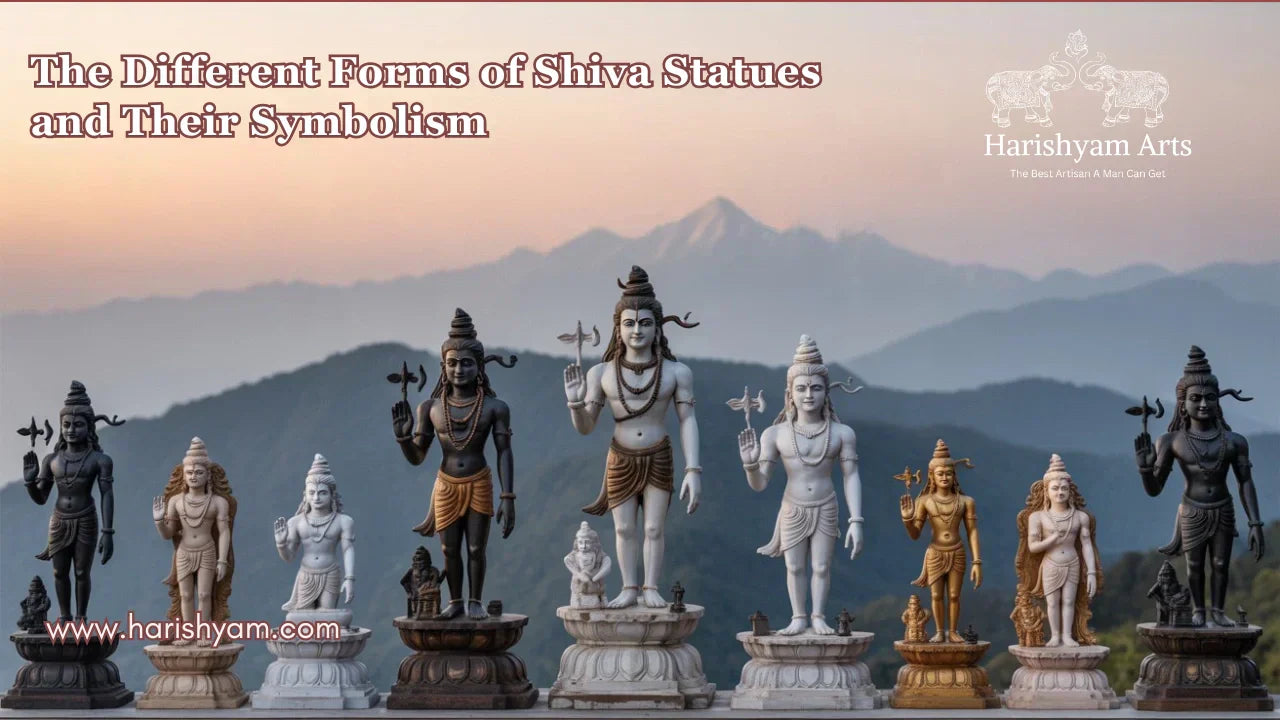
The Different Forms of Shiva Statues and their Symbolism
Lakshay Sharma | October 18, 2025
Introduction to the God Shiva Statue
Lord Shiv...
Read More...
Guide to Choosing the Perfect Wooden Statue for Home and Office Décor
Lakshay Sharma | October 17, 2025
Wooden statues are more than decorative pieces—they are timeless symbols of ar...
Read More...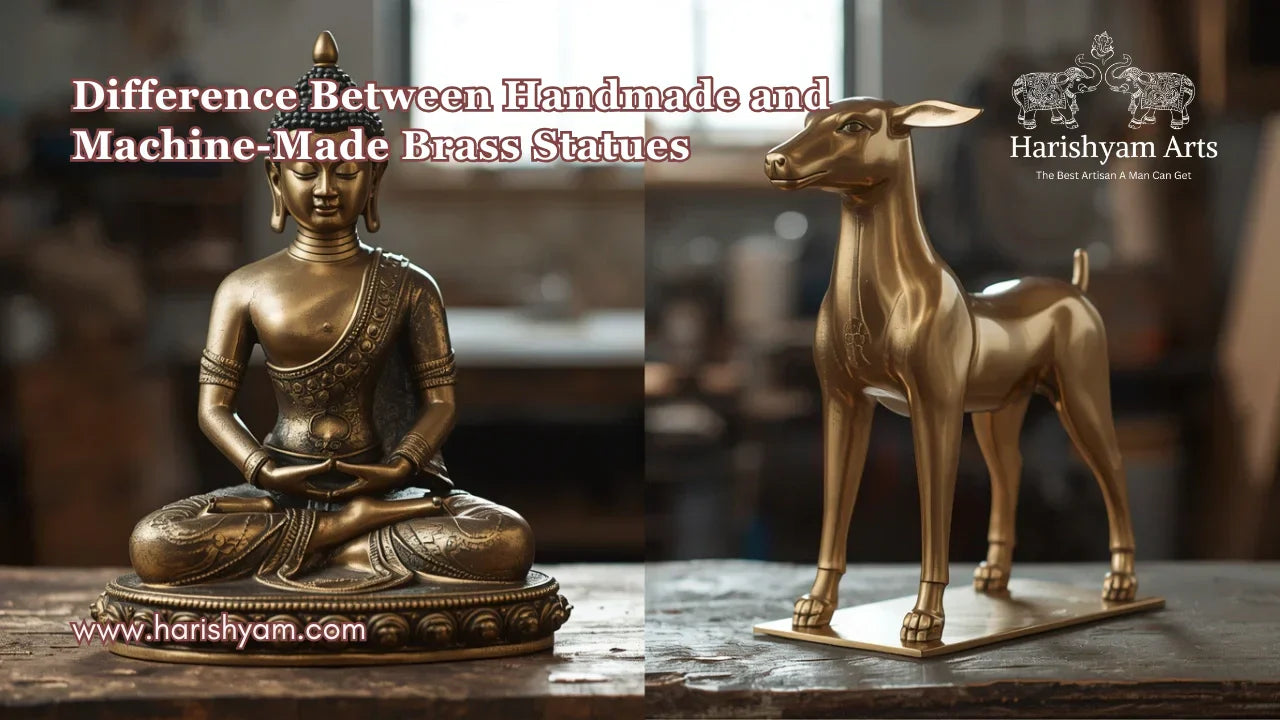
Understanding the Difference Between Handmade and Machine-Made Brass Statues
Lakshay Sharma | October 16, 2025
Brass statues have been a cornerstone of spiritual and decorative art for cent...
Read More...
Where to Buy Custom Marble Statue Online? A Complete Guide
Lakshay Sharma | October 15, 2025
Marble statues have always held a special place in Indian homes and temples. T...
Read More...
Mistakes You Shouldn’t Make When Purchasing a Home Temple Online
Lakshay Sharma | October 14, 2025
Buying a home temple online can be an exciting experience — especially with so...
Read More...
Mistakes You Shouldn’t Make When Purchasing a Home Temple Online
Lakshay Sharma | October 14, 2025
Buying a home temple online can be an exciting experience — especially with so...
Read More...
How to Clean and Maintain Wooden Statues at Home
Lakshay Sharma | October 13, 2025
Wooden statues add elegance, tradition, and warmth to any home. From intricate...
Read More...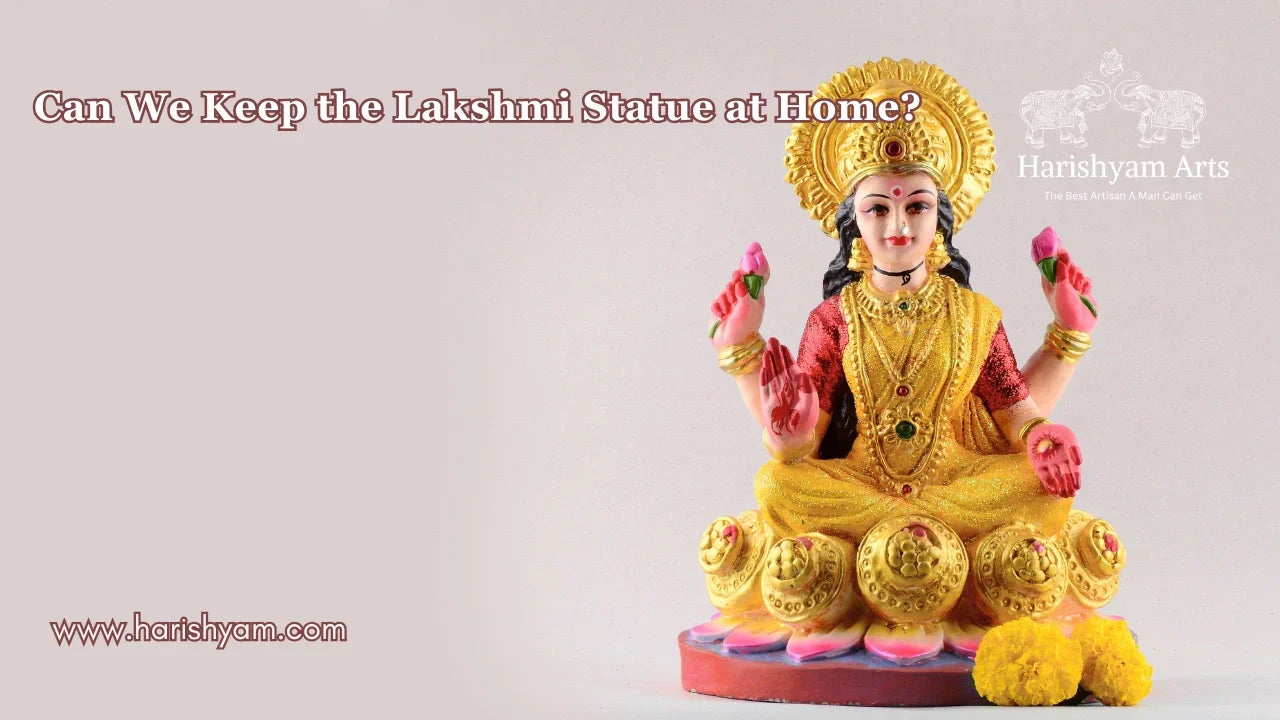
Can We Keep the Lakshmi Statue at Home?
Lakshay Sharma | October 13, 2025
In Hindu tradition, Goddess Lakshmi is worshipped as the divine force of wealt...
Read More...
How to Clean Brass Statues at Home?
Lakshay Sharma | October 12, 2025
Brass statues add a touch of elegance and spirituality to any home. At Harishy...
Read More...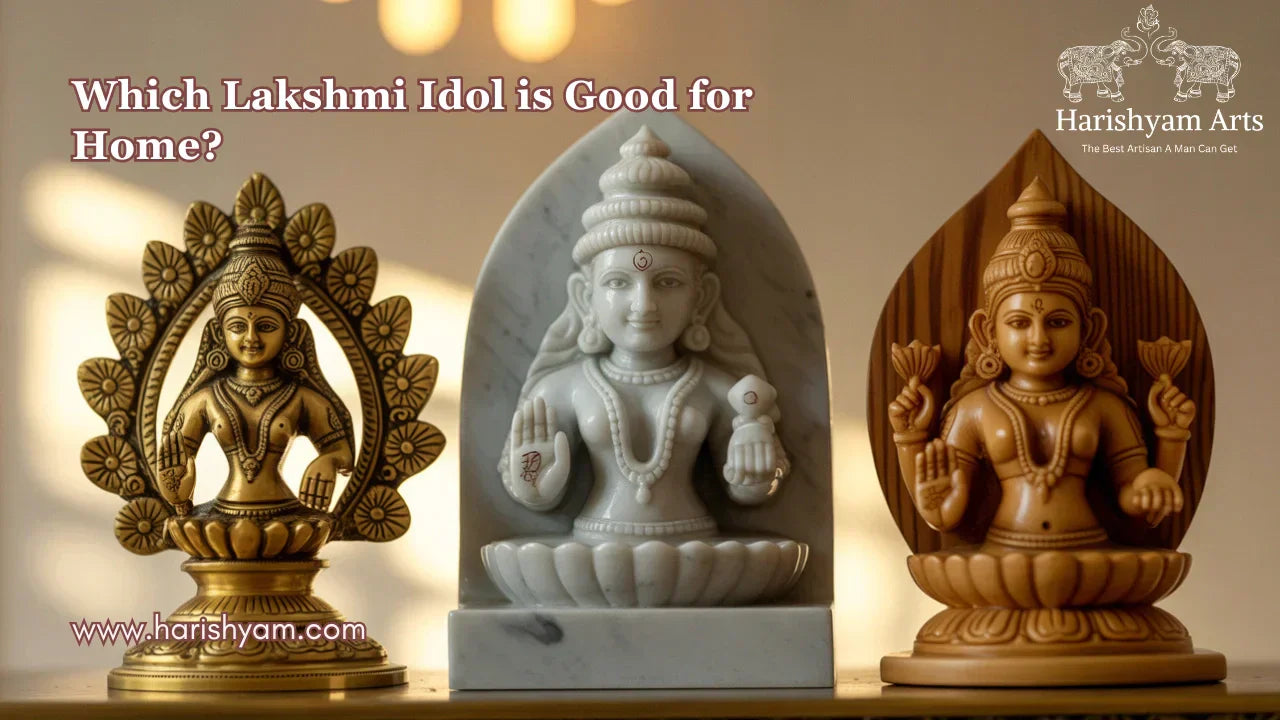
Which Lakshmi Idol is Good for Home? Types, Materials, and Significance
Lakshay Sharma | October 11, 2025
Goddess Lakshmi, the divine symbol of wealth, prosperity, and abu...
Read More...
Is Corian Good for Mandir? A Complete Guide
Lakshay Sharma | October 10, 2025
When it comes to designing a home mandir, choosing t...
Read More...
Different Types of Buddha Statues and Their Meanings
Lakshay Sharma | October 09, 2025
Buddha statues are more than just beautiful decorative pieces—they symbolize s...
Read More...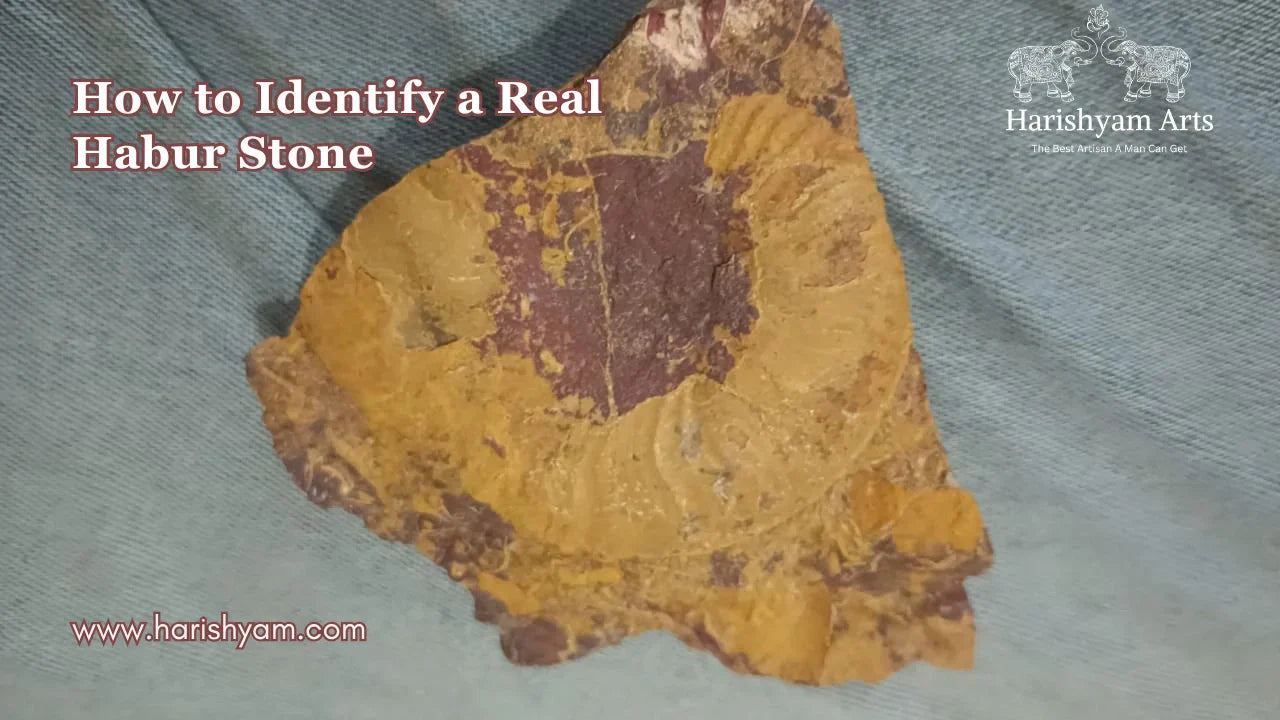
How to Identify a Real Habur Stone? A Complete Guide
Lakshay Sharma | October 08, 2025
Habur stone, known for its mysterious ability to turn milk into curd naturally...
Read More...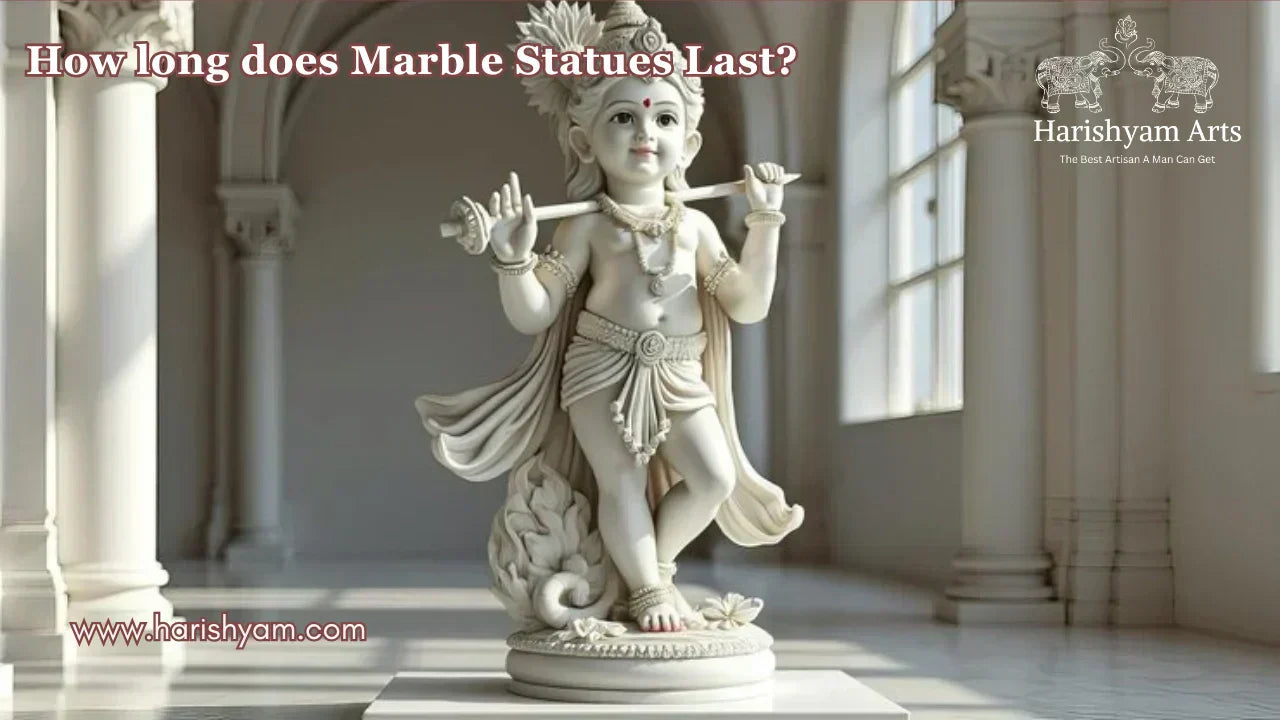
How long does Marble Statues Last?
Lakshay Sharma | October 06, 2025
Marble statues can last for centuries, or even thousands of years...
Read More...



